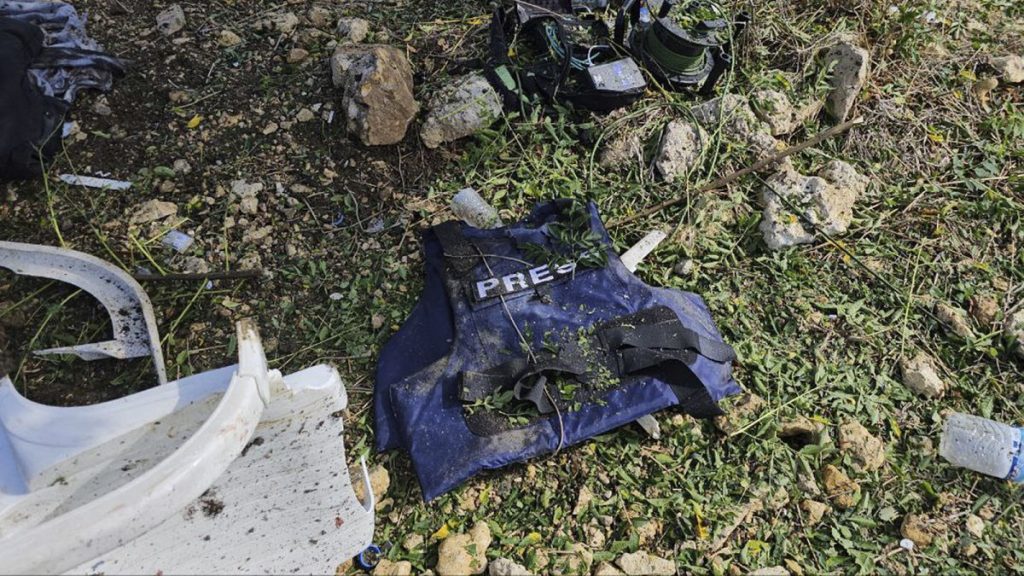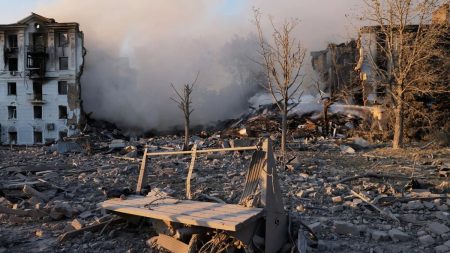The year 2024 witnessed a grim toll on press freedom, with an estimated 104 journalists losing their lives in pursuit of truth and information. This figure, while slightly lower than the 129 deaths recorded in 2023 – the deadliest year for journalists since 1990 – still paints a stark picture of the dangers faced by media professionals worldwide. The epicenter of this violence was undeniably Palestine, specifically Gaza, where the ongoing conflict between Israel and Hamas has created an exceptionally perilous environment for journalists. According to the International Federation of Journalists (IFJ), 55 of the 104 journalists killed were Palestinian media professionals working in Gaza, with another six losing their lives in neighboring Lebanon. This devastating statistic underscores the extraordinary risks journalists undertake to report from conflict zones. While the IFJ reports 104 total deaths, Reporters Without Borders (RSF) cites a lower figure of 54, attributed to their methodology that only includes killings directly linked to journalistic activities. Despite the differing figures, both organizations concur that Palestine remains the most dangerous place for journalists globally.
The conflict in Gaza has tragically claimed the lives of at least 138 journalists since its eruption in October 2023, placing the region among the most dangerous in modern journalism history, alongside Iraq, the Philippines, and Mexico. Reporters Without Borders has labeled the situation in Gaza an “unprecedented bloodbath,” highlighting the sheer scale of violence faced by journalists. While Israel denies intentionally targeting journalists, it acknowledges that some have been killed during airstrikes in Gaza, further underscoring the complexities and dangers inherent in reporting from active conflict zones. The high number of journalist casualties underscores the urgent need for increased protection and safety measures for media professionals working in such volatile environments.
Beyond the immediate crisis in Gaza, the IFJ’s data reveals a broader picture of global press freedom under threat. The Asia Pacific region, second only to the Middle East in terms of journalist fatalities, recorded 20 deaths in 2024, a significant increase from the 12 deaths in 2023. This alarming upward trend underscores the growing dangers faced by journalists in the region, particularly in southern Asian countries like Pakistan, Bangladesh, and India, where 70% of the fatalities occurred. The IFJ has noted an “upsurge” in violence against journalists in the Asia Pacific, demanding urgent attention and action to protect media professionals and safeguard press freedom.
Africa, the third most dangerous region for journalists, witnessed eight deaths in 2024, with five occurring in Sudan, a country ravaged by internal conflict. This underscores the ongoing vulnerability of journalists reporting from conflict-ridden regions. Meanwhile, the Americas, particularly South, Central, and North America, experienced a significant decline in journalist deaths, from 30 in 2022 to six in both 2023 and 2024. However, Mexico, historically one of the most dangerous countries for journalists, continues to grapple with threats, intimidation, kidnappings, and murders targeting media professionals, often linked to reporting on drug trafficking. This persistent threat highlights the ongoing challenges faced by journalists investigating sensitive and dangerous topics.
Beyond the immediate threat of violence, the IFJ also reports a concerning rise in the number of journalists imprisoned worldwide. As of December 2024, 520 journalists were behind bars, a substantial increase from 427 in 2023 and 375 in 2022. China, including Hong Kong, accounts for the largest number of imprisoned journalists, followed by Israel and Myanmar. This alarming trend highlights the increasing efforts to silence critical voices and suppress independent journalism globally. The rising number of imprisonments, coupled with the high number of fatalities, especially in conflict zones, paints a bleak picture of the state of press freedom around the world.
The data presented by both the IFJ and RSF, while differing in their specific methodologies, converge on a shared conclusion: journalism remains a dangerous profession, particularly in regions embroiled in conflict or where authoritarian regimes seek to control the flow of information. The high number of killings and imprisonments underscores the fragility of press freedom and the urgent need for international action to protect journalists and ensure their ability to report freely and safely. The ongoing conflict in Gaza serves as a stark reminder of the extreme risks journalists face in pursuing their profession, and the international community must work to ensure accountability for those who target media professionals and create an environment where journalists can operate without fear of reprisal.














